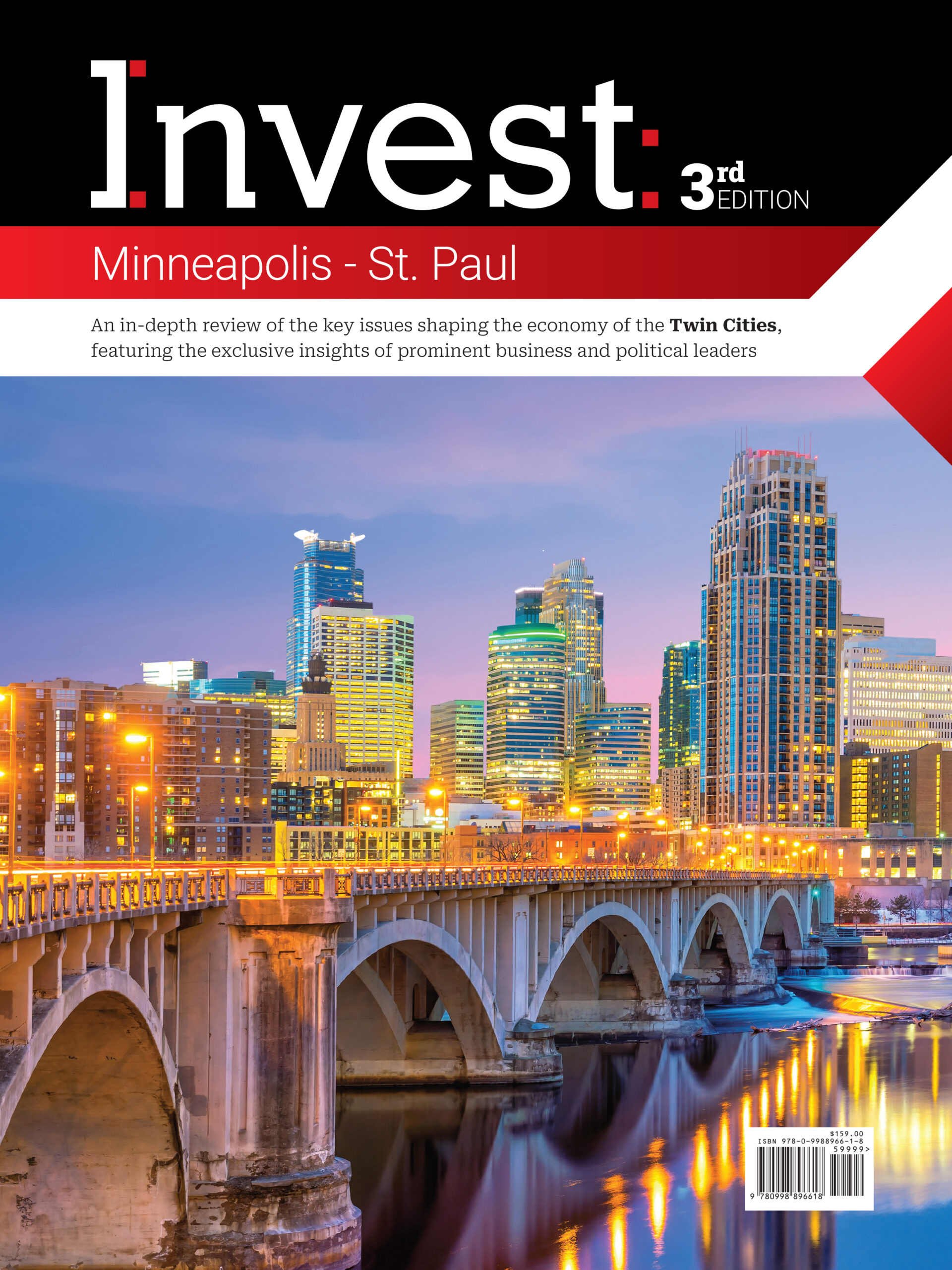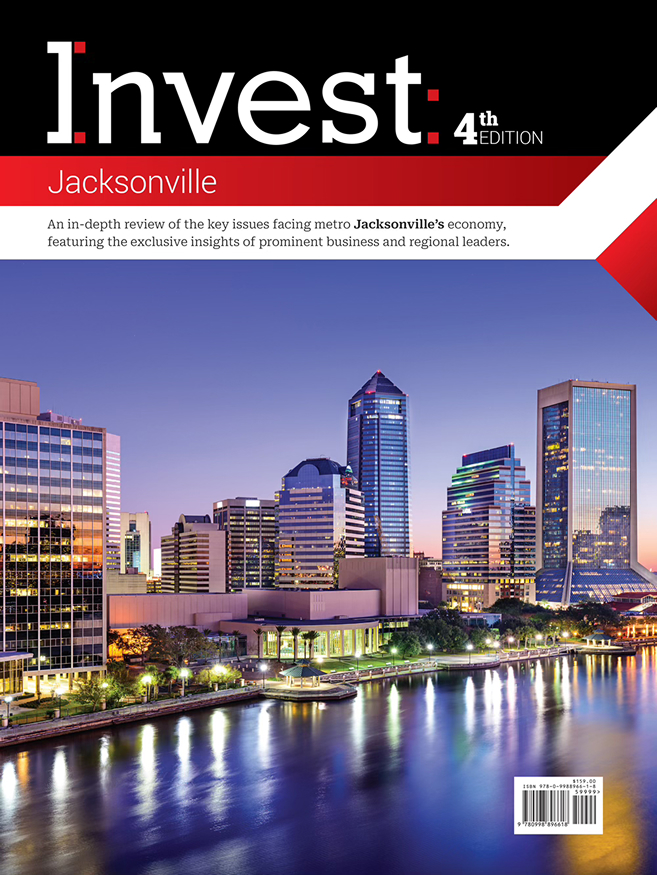Spotlight On: Jerry Bowen, President, Southeast Market, Comerica Bank
 May 2024 — Invest: spoke with Jerry Bowen, president of the Southeast market for Comerica Bank, about carving out the bank’s vital niche in Charlotte and the Southeast through a focus on supporting businesses and integrating innovative, secure and accessible technology. “Banks need to make banking easy to deliver, with a simple interface that customers can access efficiently,” he said.
May 2024 — Invest: spoke with Jerry Bowen, president of the Southeast market for Comerica Bank, about carving out the bank’s vital niche in Charlotte and the Southeast through a focus on supporting businesses and integrating innovative, secure and accessible technology. “Banks need to make banking easy to deliver, with a simple interface that customers can access efficiently,” he said.
How is Comerica implementing technology to improve the customer experience?
The most successful businesses start with their customers and try to understand their needs and challenges. We must be well-positioned to meet them as a customer and provide viable solutions, technology plays a significant role in doing this. For customers that means providing technology and tools that make it easier for customers to interact with the bank and meet their needs, for bankers that means investment and utilizing technology/tools that make the bank more efficient and enable our colleagues to take care of customers and their work.
Our focus on technology really revolves around investing in areas that improve the customer experience, provide products or solutions that meet customers needs, and driving efficiency in our organization around processes and controls.
We are constantly evaluating these priorities and making investment decisions in technology that will help us meet our key objectives. A couple of areas of note that require enhanced investment are fraud and cybersecurity, I expect both of these areas will continue to be areas of focus and priority going forward.
What is your assessment of recent trends in banking?
There have been a few trends pressing commercial banks in the past year. One is interest rate increases. If rates finally begin to go down or stabilize this may give business owners a bit more certainty about the environment so they can be more confident in making investments and growing. This is opposed to the uncertainty that we experienced going through the pandemic and most recently the rising rate environment. The market was pricing in anywhere from three to six rate cuts for 2024 at the end of 2023, but now the market is pricing in closer to two cuts, and there’s some discussion around the Fed staying higher for longer. So one trend some banks appear to be re-positioning balance sheets to adjust to the rate increases that started in March 2022.
Another trend is the increased cost of deposits and the competition for deposits. Depositors have more choices now than they had in late 2021/early 2022, and that includes money market funds and treasuries in addition to bank accounts. Competition for deposits is strong and I expect that will continue through 2024.
Consolidation across banking has not been active in the last couple of years. I believe one trend to watch is does that pick up in the upcoming years as banks of all sizes continue to digest increased regulatory, compliance/capital costs and how to do that, make necessary investments and balance rewarding shareholders.
And last I would say is the investments to protect against fraud and cybersecurity threats.
How is Comerica Bank serving small businesses in the region?
Small business is a key area of focus for Comerica Bank. Our focus on small businesses is geared toward trying to tailor products and solutions that fit their needs, for example our Maximize Business Account is a package of business accounts that is designed to deliver to small businesses a cost effective product set that fits their needs and their profile.
In the Southeast, our data shows that 10 of the Top 20 markets in the U.S. for new business formation are in the Southeast. We see Small Business as not only an important segment, but a fast growing segment. Approximately 65% of Comerica’s balance sheet/focus is on commercial banking, from small businesses to publicly traded companies. So the largest segment of our business is commercial banking, at our core, we are a business bank that prioritizes banking companies. When you get into segmentation, we continue to see the growth of small businesses. Some of this has been accelerated by the pandemic, which motivated people to go out on their own and start a new business. For these owners, we want to make it easier for their companies to utilize and access the products and services we have.
Most small businesses don’t have a large staff, especially on the finance side, and those owners normally wear a lot of different hats. We have to make it easy and fast for them to transact and get an answer to something they need. We’ve been focusing on investing in our digital platform to serve our clients in a fast and reliable way. Ultimately, it’s through technology that you can best reach that segment of the market.
What is the regulatory landscape for financial institutions?
The regulatory landscape continues to evolve with increased attention to capital adequacy and liquidity, making sure operationally banks have processes and controls in place that work as designed to protect customers and the bank. What has been consistent on the regulatory front is the continued focus on the safety and soundness of the banking system.
Financial institutions play an important role in the United States, to include providing capital to businesses and consumers, facilitating payments across the system, deposits and investments, etc. Generally speaking the regulatory focus is on making sure the banking system is sound and secure so customers can have a high degree of confidence in the institutions they are transacting with.
One area I expect may get additional attention is FDIC reform. Currently, the standard maximum deposit insurance amount at FDIC-insured banks is $250,000 per depositor, per insured bank, for each account ownership category.. Given what the industry experienced in March 2023 and concerns around deposit safety for accounts holding more than $250,000 I expect there will be more attention paid to FDIC reform, so an area to watch.
What is your outlook over the next few years?
I think the next few years will be exciting in banking and particularly across the Southeast. In the last five years we have all been forced to navigate through some pretty significant headwinds: a global pandemic, a banking crisis, levels of inflation not seen in decades just to name a few. To manage through these challenges forces you to be resilient and become more nimble. And while there remain challenges, I think the banking industry and the overall market is starting to refocus on growth again.
When I look at the Southeast market, there are so many signals pointing to continued growth. Population trends, capital formation, additional investment in current markets all point to above average growth in the Southeast, it should be an exciting period in the next few years.
For more information, please visit:













